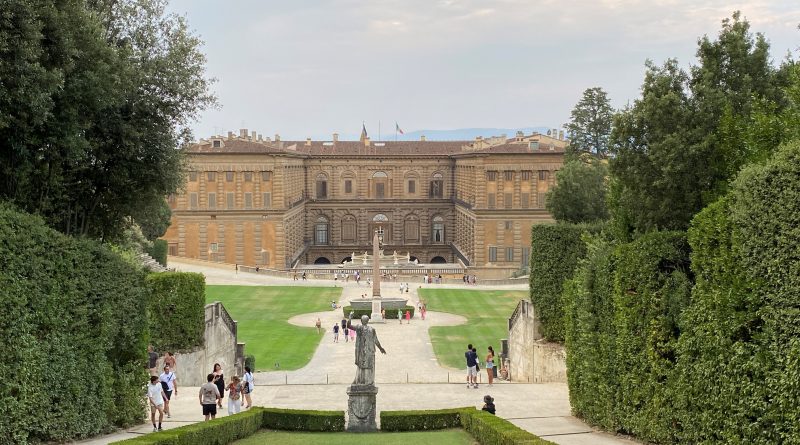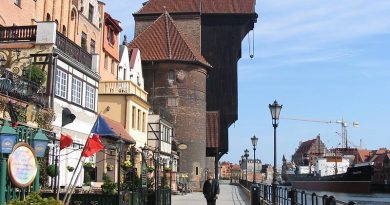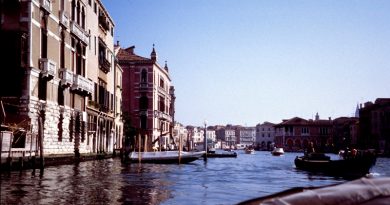The Medici Dynasty: Wealth and Power in the Renaissance
Tuscany, Florence and the Renaissance have long been linked to a succession of powerful Italian families but one more than others has found its way into the history books.
The House of Medici was an Italian banking family and political dynasty that first consolidated power in the Republic of Florence under Cosimo de’ Medici, during the first half of the 15th century.
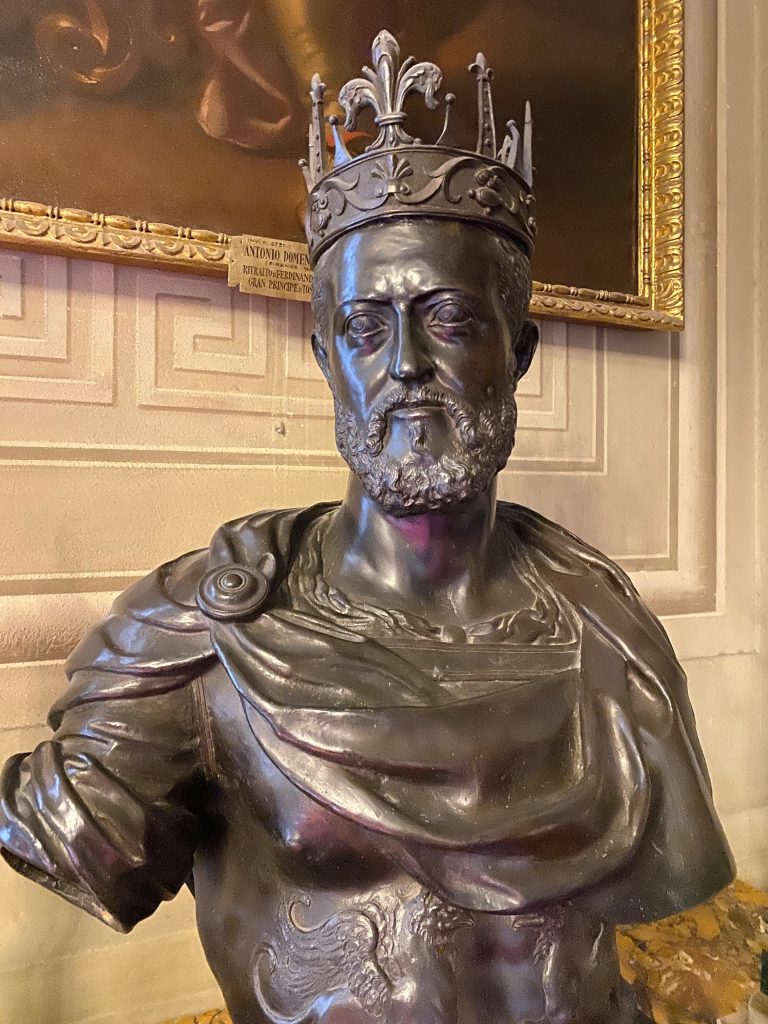
The family originated from Northern
Tuscany not far from Florence and prospered gradually until it was able to fund the Medici Bank. The bank became the largest in Europe during the 15th century and facilitated the Medicis’ rise to political power in Florence, although they officially remained citizens rather than monarchs until the 16th century.
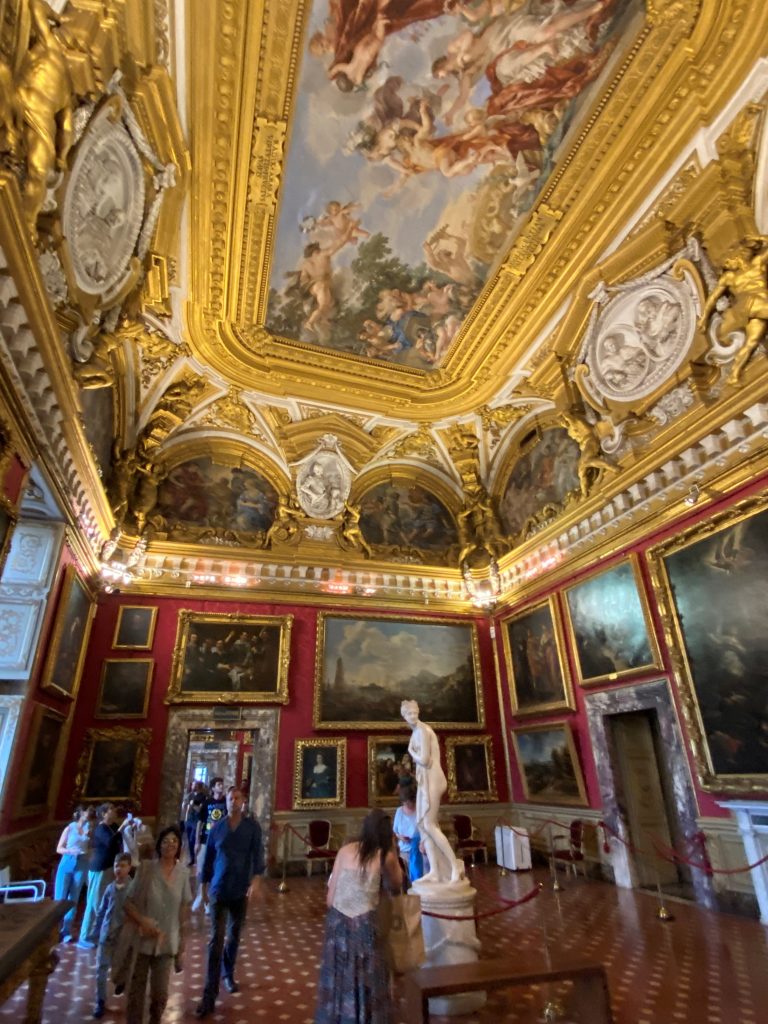
The Medici produced four popes of the Catholic Church—Pope Leo X (1513–1521), Pope Clement VII (1523–1534), Pope Pius IV (1559–1565) and Pope Leo XI (1605)—and two queens of France—Catherine de’ Medici (1547–1559) and Marie de’ Medici (1600–1610).
In 1532, the family acquired the hereditary title Duke of Florence and in 1569, the duchy was elevated to the Grand Duchy of Tuscany after territorial expansion. The Medici ruled the Grand Duchy from its inception until 1737, with the death of Gian Gastone de’ Medici.
The grand duchy prospered greatly under the early grand dukes, but was bankrupt by the time of Cosimo III de’ Medici at the end of the 17th century
The Medicis’ wealth and influence came initially from the textile trade guided by the wool guild of Florence, the Arte della Lana. Like other grand families , the Medici dominated their city’s government, were able to bring Florence under their family’s power, and created an environment in which art and humanism flourished.
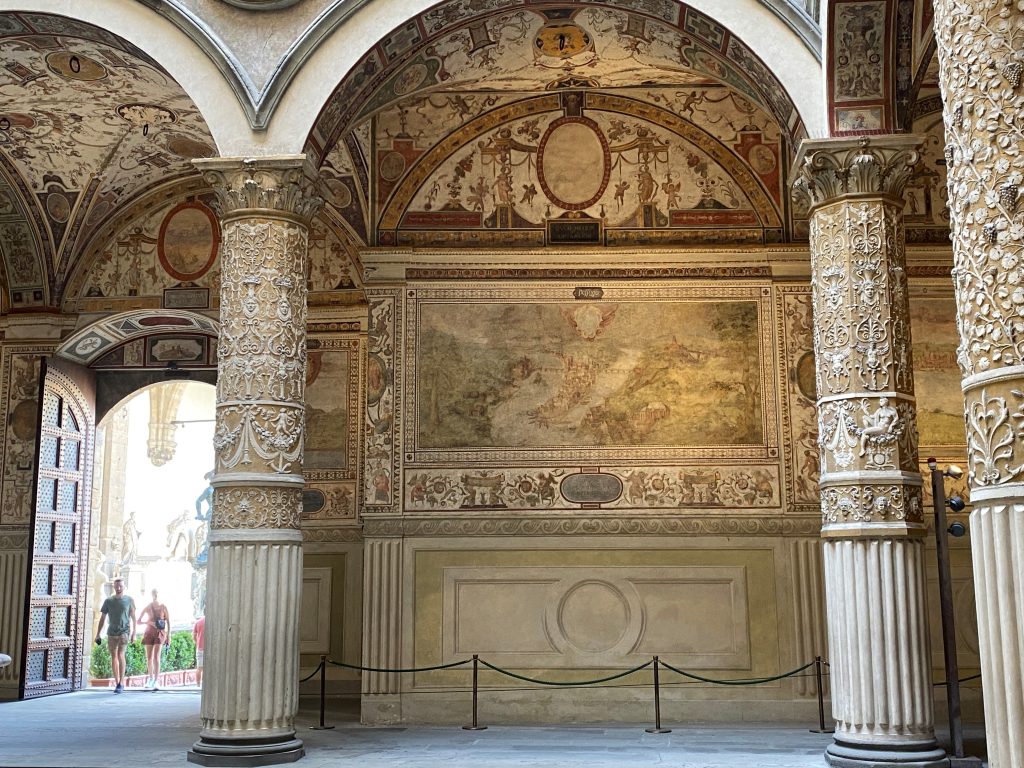
They and other powerful families of Italy helped inspire the Italian Renaissance
The Medici Bank, from when it was created in 1397 to its fall in 1494, was one of the most prosperous and respected institutions in Europe, and the Medici family was considered the wealthiest in Europe for a time.
They were among the earliest businesses to use the general ledger system of accounting through the development of the double-entry bookkeeping system for tracking credits and debits.
The Medici family have claimed to have funded the invention of the piano and opera.
The Medici’s owned huge palaces and estates in and around Florence.
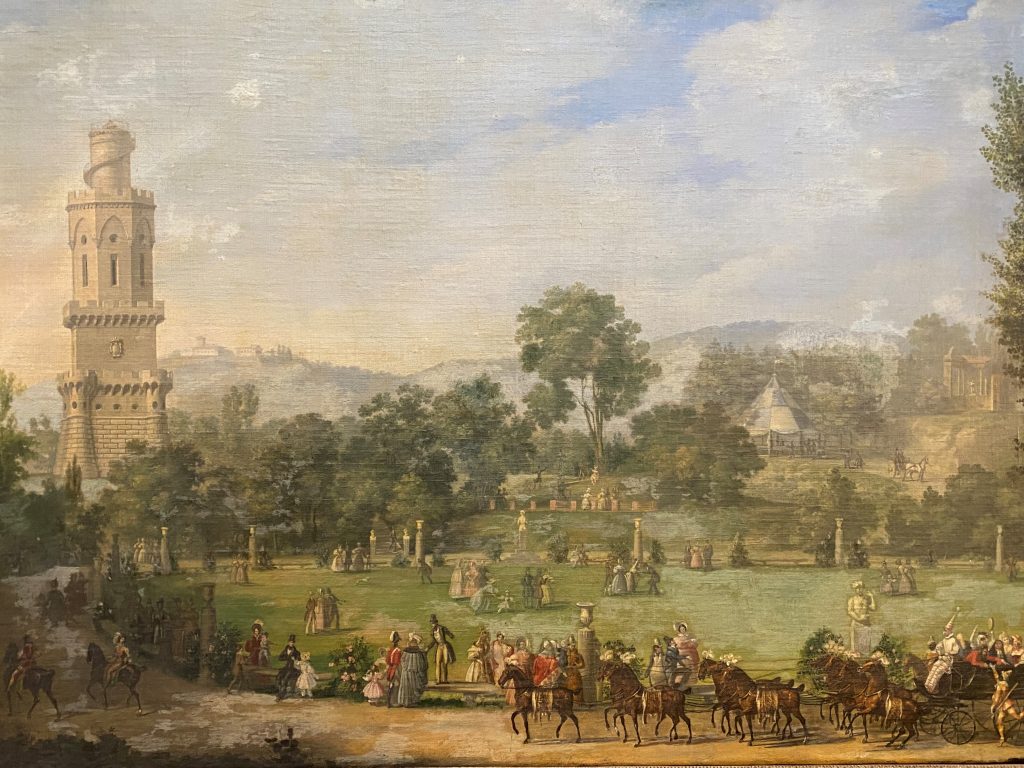
They financed the construction of Saint Peter’s Basilica and Santa Maria del Fiore, and were patrons of Brunelleschi, Botticelli, Leonardo da Vinci, Michelangelo, Raphael, Machiavelli, Galileo, and Francesco Redi, among many others in the arts and sciences.
Many of the grand public buiildings and palaces you can visit in Florence today are associated with the Medicis .They include the Palazzio Vecchio in the centre of the city which their original palace here , now a museum .
In the palatial rooms of the Pitti Palace , now a also museum ,one gets a sense of the enormous wealth and ostentatious lifestyle of the dynasty, who for a time became monarchs of much of Italy in name only.
Purchased in 1550, the Pitti Palace was chosen by Cosimo I de’ Medici and his wife Eleanor of Toledo as the new Grand Ducal residence, and it soon became the new symbol of the Medici’s power over Tuscany. It also housed the Court of other two dynasties: the House of Habsburg-Lorraine (which succeeded the Medici from 1737) and the Kings of Italy from the House of Savoy, who inhabited it from 1865.
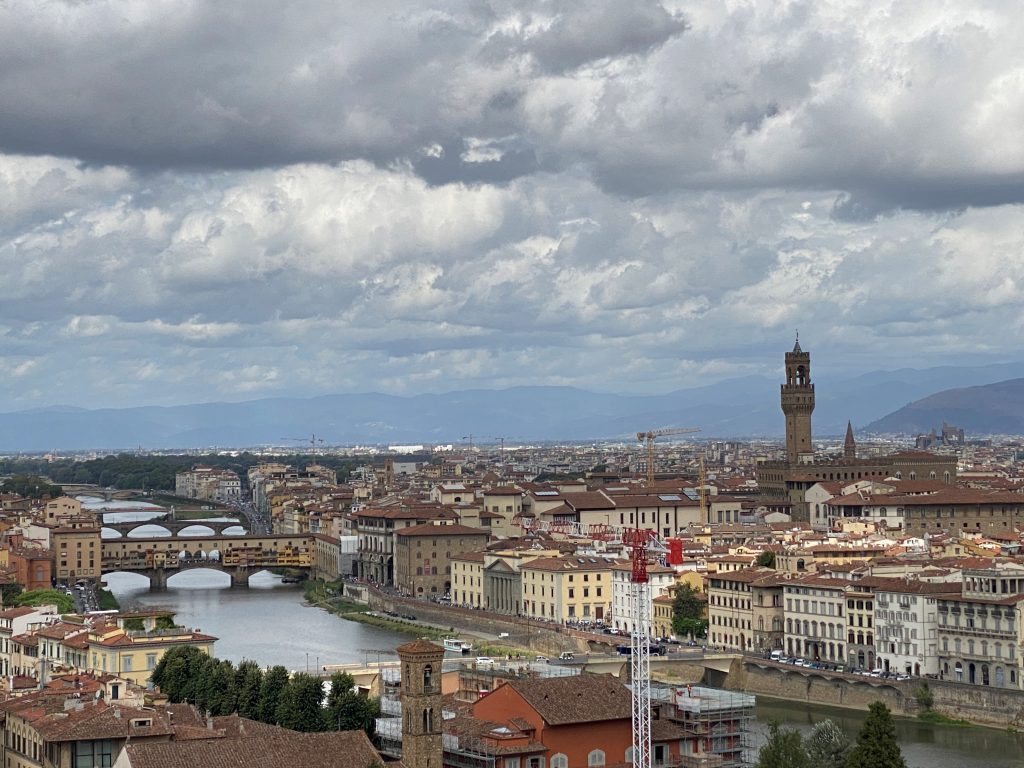
The nearby Ponte Vecchio bridge was covered to provide privacy for Medici carriage trains.
Their huge wealth inspired resentment and both religious and republican opposition and Medicis were deposed or exiled several times
The family was connected to most other elite families of the time through marriages of convenience, partnerships, or employment, so it had a central position in the social network. Their power and influence in Florence and Tuscany was huge over a period of 300 hundred years .but they were eventually deposed by rival European dynasties, notably with connections or associated with the growing power of France.

